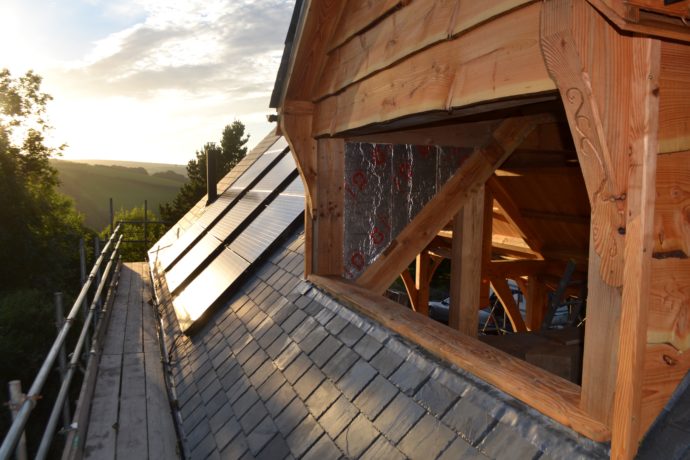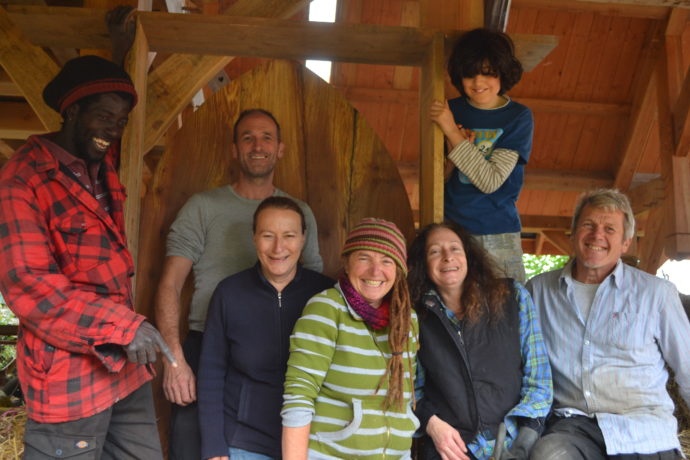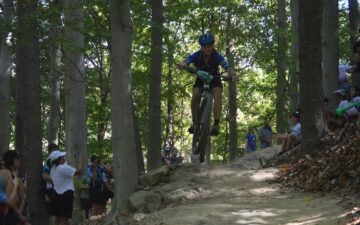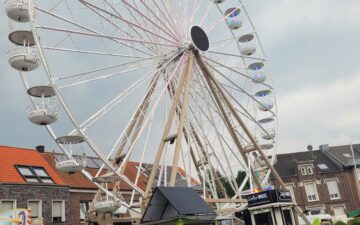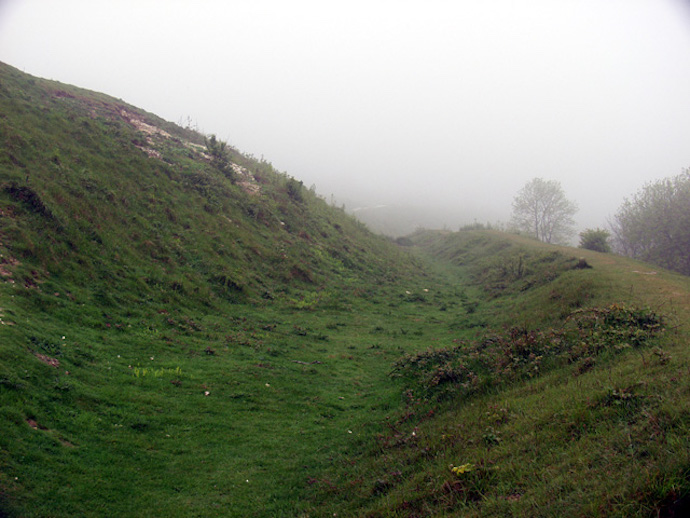
Iron Age
I remember late one night, years ago, walking up to Cissbury Ring, in Sussex. It’s an ancient monument with an Iron Age Hill Fort at the top containing sixty-acres of grassland kept bowling-green-short by the constant nibbling of Southdown sheep and rabbits.
Back then the pubs used to ‘call time’ at ten minutes past eleven.
Drink-up and shove-off! the Landlord would shout into your face in the classy establishment in which I drank. So we drank-up and were just about to shove-off when, because it was such a lovely evening, my friend and I thought we’d try to climb up to Cissbury Ring in the dark. Anything seems possible after five pints of Ruddles County.
Coronary arrest
When we got near the top, slipping in and out of consciousness, all we were aware of was how thin the air seemed, and how close the stars. So imagine our surprise on the summit when we stumbled into the orange glow from a huge wood fire and noticed for the first time hundreds of Druids wandering about wearing white robes …unbeknown to us it was the summer solstice. Although that evening was the slowest I’d ever climbed up the hill, it was the quickest I’d ever come down it.
It was the Druids that first got me thinking about the importance of the Sun – the longest and shortest days; and the equinoxes. Now, each winter, I count the days to the Winter Solstice. I don’t wear a sheet, or howl – but it’s good to know that after 10:44 AM (London) on December 21st 2016, summer was on it’s way. December 22nd, for example, already boasted a full 3 seconds more daylight than its predecessor.
Having spent my money and ordered my photovoltaic off-grid power supply equipment from Victron’s distributor Barden UK Ltd – I found it completely appropriate that they chose to deliver it on the 21st December, at 10:45 am …just as the sun was beginning its journey back to us. Just think: if I get my act together, each tomorrow for almost six months will give me slightly more free electricity than I had yesterday!
In my first blog I worked out how many kilowatt hours of electricity we use, in order to meet that demand with our off-grid PV system. What I discovered was that meeting the demand is no problem – but meeting it with the available budget requires thought.
I drooled over the Lithium Ions; recognised the sense of investing in OPzS long life flooded tubular plate batteries, for their thousands of cycles …but, because my budget is quite limited, in the end I chose Gel on the advice of Victon distributor Phil Smith of Barden UK. The final battery choice was between Gel and AGM and Gel won on the grounds of economy, and slightly longer life. My batteries are not the Gel long life type …though having said that they’ll last until I chuck them out – and in my possession that will be a lot longer than you think.
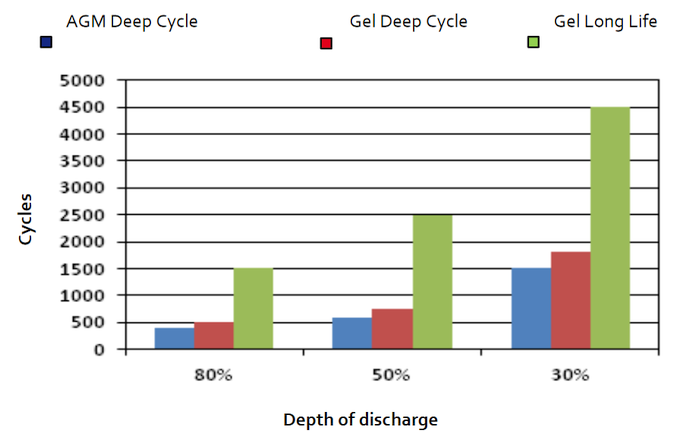
We’re installing a 48 volt / 440Ah battery bank which should last three years – five if we avoid ‘deep’ cycling. In five years’ time I’ll be rich and famous; able to splash out on a Lithium Ion battery bank …which won’t mean renewing the whole system – the MultiPlus charges both lead acid and Lithium. The kit is future-proof, you see?
Reducing energy usage
I’m going to try to find ways of economising on our use of energy. The biggest day-in day-out power draw we have will be the fridge-freezer. I wondered if I might reduce the power consumption by siting the fridge-freezer outdoors on the north-facing verandah? Exploring that idea online I discovered that less expensive fridge-freezers – which is bound to include ours – have only one thermostat, sited in the fridge part of the unit …the part which has its door most frequently opened and closed. The thermostat is adjusted to turn the compressor on when the temperature in the fridge rises above 3°C or 4°C. When the compressor is operating, both the fridge and freezer begin to chill. The problem with keeping the fridge-freezer outdoors is that in the winter when ambient temperature falls, the compressor comes on less frequently, and when the temperature outside falls below 4°C it doesn’t come on at all.
All of that is fine for the fridge, but without the intermittent firing-up of the compressor the freezer compartment will steadily warm up from it’s norm – which will be between minus 12°C and minus 20°C – until (if the outside temperature remains at 4°C for a long period) it too has reached plus 4°C.
I will try the fridge-freezer on the verandah but in the words of Dick Strawbridge – it’s not easy being ‘green’ – you have to take more responsibility than with plug-in-and-forget systems in order to obtain the most benefit. There are savings to be had – but there’s also more scope for disaster. Just thinking …I imagine our frozen produce might be better guarded against outside temperature fluctuations if we keep the freezer choc-a-bloc.
Every little helps…
I notice that my router runs on 12 volts DC. Rather than waste energy by feeding its transformer 240 AC it occurs to me, in spite of the fact that my batteries will be configured into 48 volt banks, that it might pay to take a dedicated 12 volt power feed from all eight batteries just for my router? The losses from the router’s transformer are probably tiny, but multiplied by the number of hours in a year – 8760 – they mount up. Many a little makes a mickle …as they say up North.
A helicopter hovered up the road yesterday. My neighbour, Roger, said it would. It was the electricity board looking for a line fault. Roger says he’s counted 16 power cuts this month, usually only lasting for a couple of minutes. I told him we’d only had one power cut and it started last February.
Now we’ve got our off-grid kit, power cuts will be a thing of the past. In my next blog, I’ll open the boxes, and see where we go from there.
I wish you a very Happy New Year.
Photo of Cissbury Ring courtesy of Alan Simkins






